Through the course of thousands of years of history, Thang Long has been confirmed as the capital of many Vietnamese monarchies. Each dynasty owned hundreds of magnificent palaces displaying its power and prosperity. However, due to war and time, the appearance of the ancient capital only has a few traces left on the ground such as the stone dragon-carved steps of the early Le Dynasty of Kinh Thien Palace (15th century), Doan Mon Palace (17th-18th century), the relics of Hau Lau, Ky Dai, Bac Mon (19th, 20th century)...
In December 2002, the largest archaeological excavation in Vietnam was conducted by experts on a total area of 19,000 m2 at the political center of Ba Dinh, Hanoi, revealing many unique architectural traces of the Thang Long Imperial Citadel along with millions of valuable artifacts. Thereby, it partly recreated the historical process spanning 13 centuries with overlapping cultural layers, from the period of Northern domination under the domination of the Sui and Tang dynasties (7th to 9th centuries), throughout the Ly, Tran, Le, Mac, Nguyen dynasties (1010-1945).
In December 2002, the largest archaeological excavation in Vietnam was conducted by experts on a total area of 19,000 m2 at the political center of Ba Dinh, Hanoi , revealing many unique architectural traces of the Thang Long Imperial Citadel along with millions of valuable artifacts. Thereby, it partly recreated the historical process spanning 13 centuries with overlapping cultural layers, from the period of Northern domination under the domination of the Sui and Tang dynasties (7th to 9th centuries), throughout the Ly, Tran, Le, Mac, Nguyen dynasties (1010-1945).
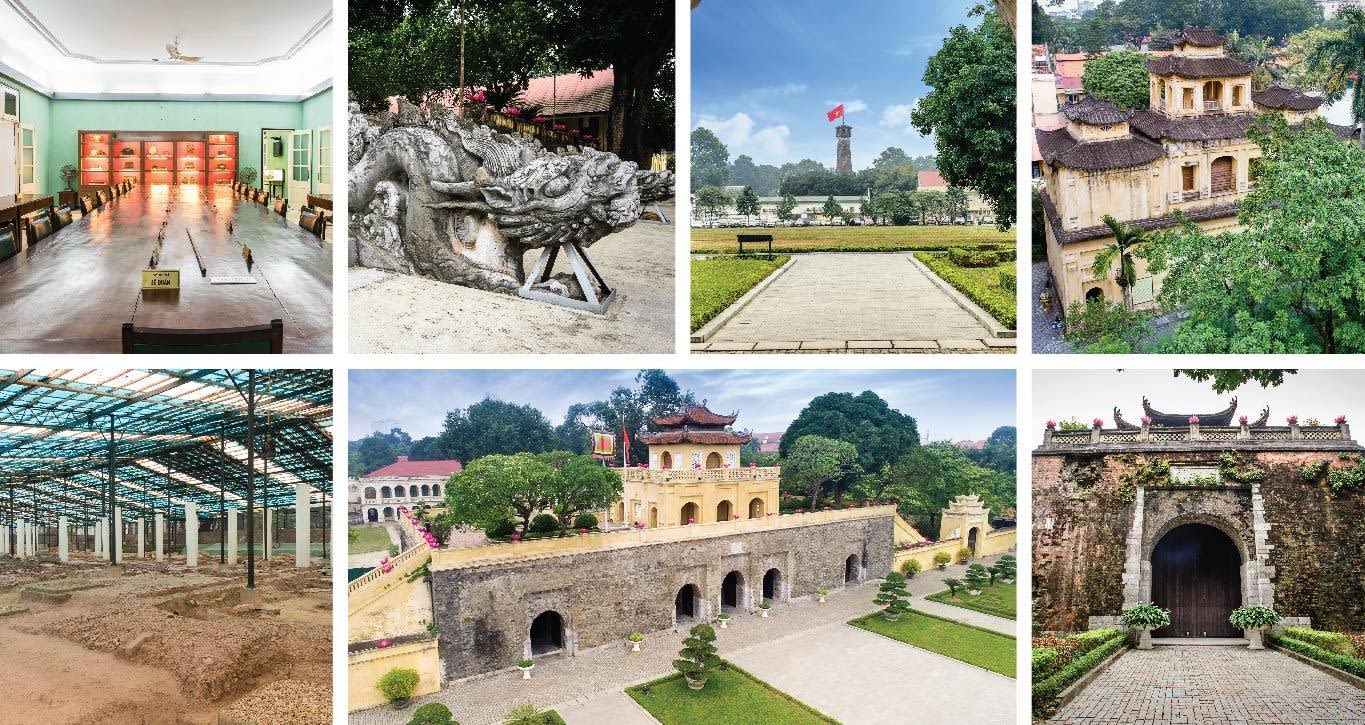
Over the years, excavation and archaeological research have always been promoted at Thang Long Imperial Citadel to serve as a basis for preserving and promoting heritage values.
Since 2011, the competent authorities have allowed the Institute of Archaeology and the Thang Long-Hanoi Heritage Conservation Center to conduct excavations on the central axis, focusing mainly on the main area of Kinh Thien Palace - the place where the court was held by previous dynasties. Scientists have discovered the Thang Long-Hanoi cultural layer at a depth of 1-6m with many cultural layers of many successive historical periods. Many architectural relics of the ancient Thang Long royal palace have been revealed, such as column foundations, courtyards, paths, traces of wells, water pipes, etc., dating back more than 1,000 years.
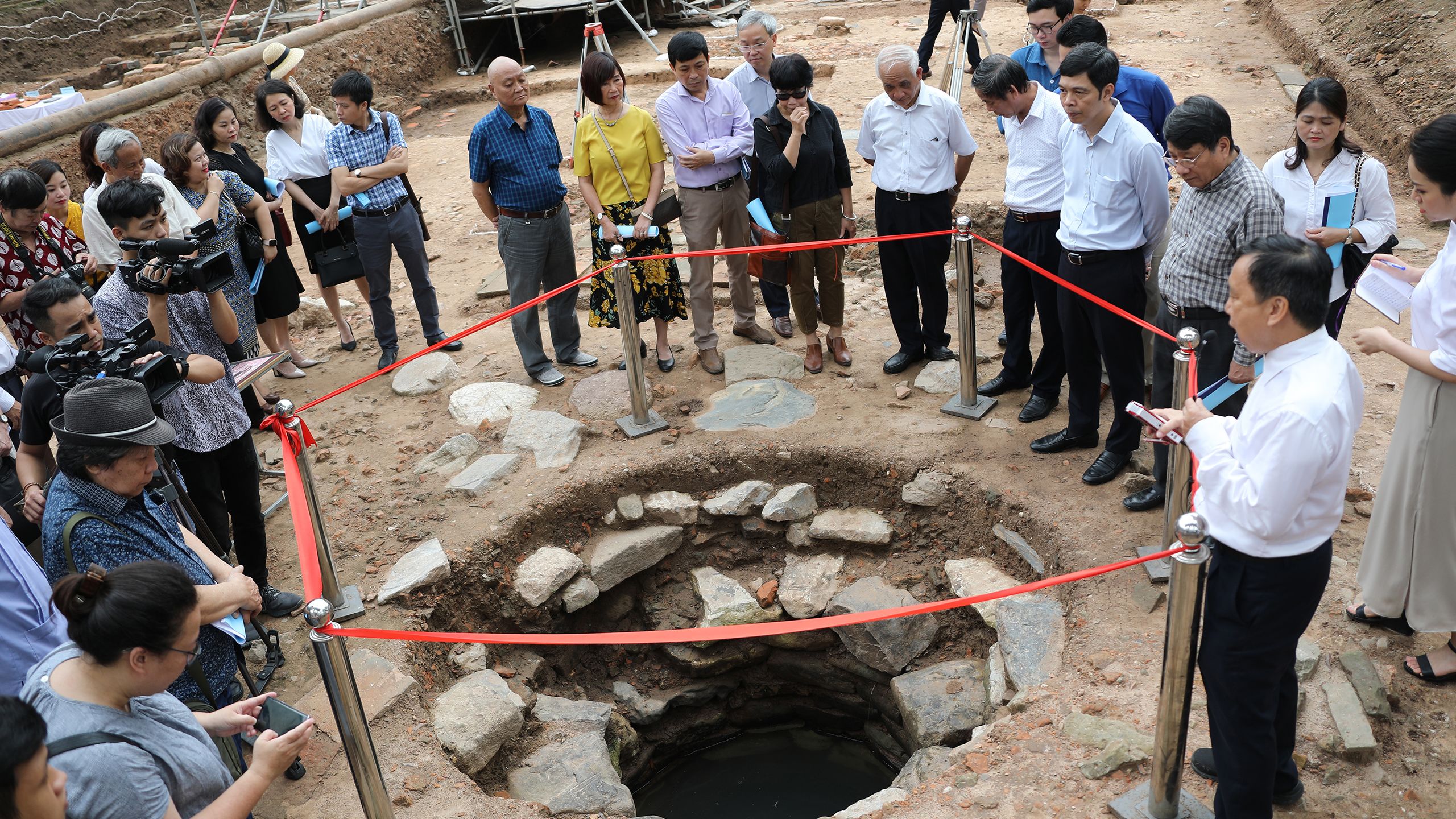
Scientists listen to a presentation on the results of the 2020 archaeological excavation.
These relics have close relationships and connections, contributing to the formation of a continuous whole that clearly reflects the relationship between urban planning and architectural space, and also clarifies the continuity between dynasties in the history of building Thang Long Citadel.
The 2008-2009 excavation underground of the National Assembly House helped experts discover about 140 relics and tens of thousands of archaeological artifacts from many periods, proving that the National Assembly House is located in the southwest of the ancient Thang Long Forbidden City. This is the premise for the formation of a realistic, vivid and modern archaeological exhibition area located right in the most important building in the country's political life - the National Assembly House, officially opened in mid-2016.
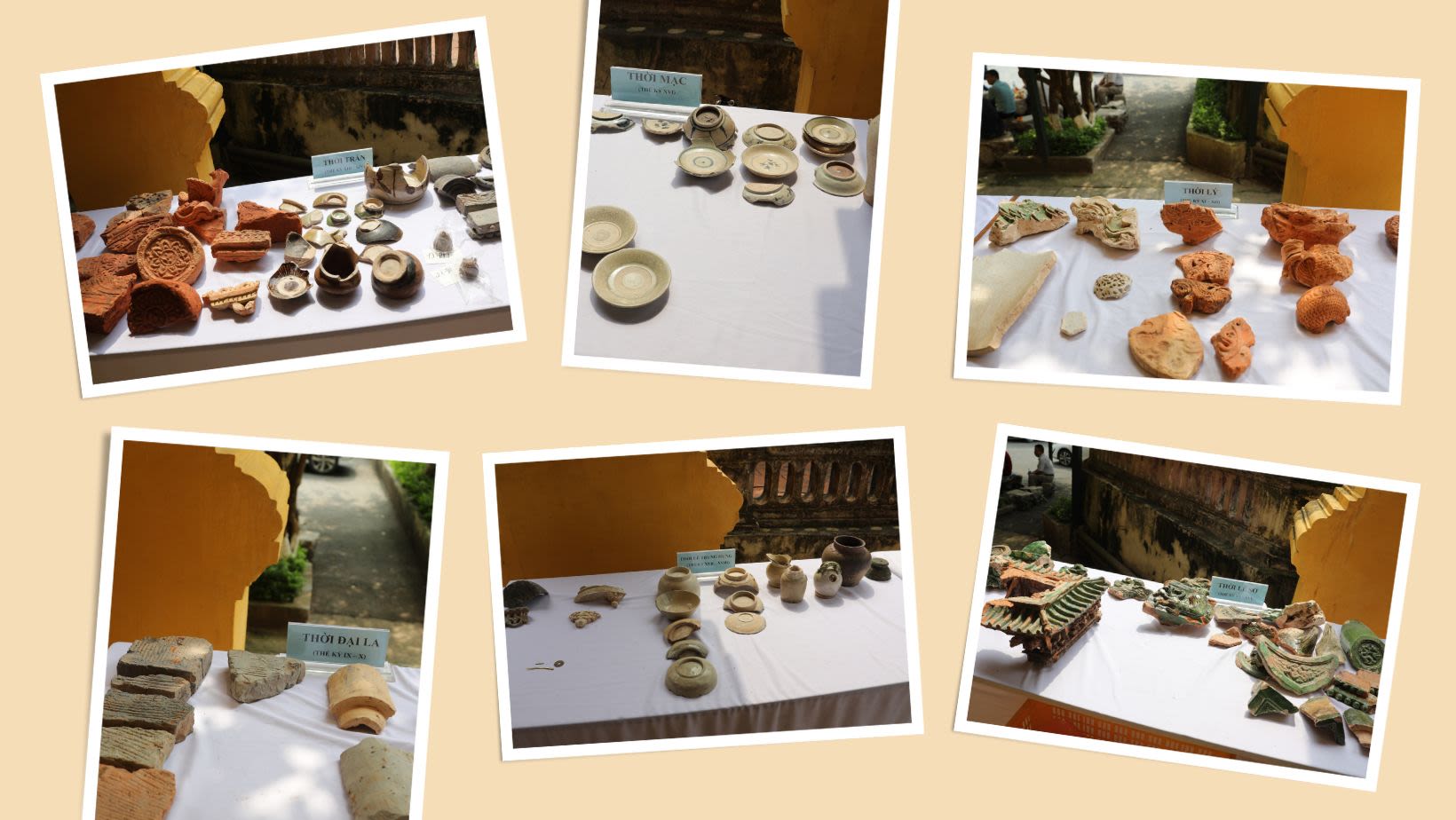
Typical artifacts from the Tran, Mac, Ly, Le Trung Hung, Le So, and Dai La dynasties found during the excavation in 2020.
On an area of 3,700 m2 , more than 400 relics and 10 typical relics selected from the foundation of the sacred land were displayed in basements 1 and 2 of the National Assembly House according to archaeological stratigraphic sections and time evolution.
Basement 2 (area 2000 m2 ) focuses on displaying relics and artifacts from the Pre-Thang Long period, including the Dai La period (7th-9th century) and the Dinh-Tien Le period (10th century), typically with discoveries of a system of wooden pillars buried deep as foundation pits to prevent subsidence, yin-yang tiled roofs, embossed tiles with lotus and water wave shapes...
Basement 1 (area 1,700 m2 ) displays relics and artifacts from the Thang Long period throughout the Ly, Tran, and Le dynasties (11th-19th centuries).
Thang Long Imperial Citadel is a monumental heritage site in terms of both historical length and cultural depth, so there are still many things that need to be further researched and deciphered.The artifacts are arranged and organized scientifically with the help of light, graphics, maps, and videos, creating a harmonious connection between traditional and modern heritage, contributing significantly to promoting the heritage value of Thang Long Imperial Citadel, meeting the public's demand for sightseeing and learning about history and culture when visiting the National Assembly Building.
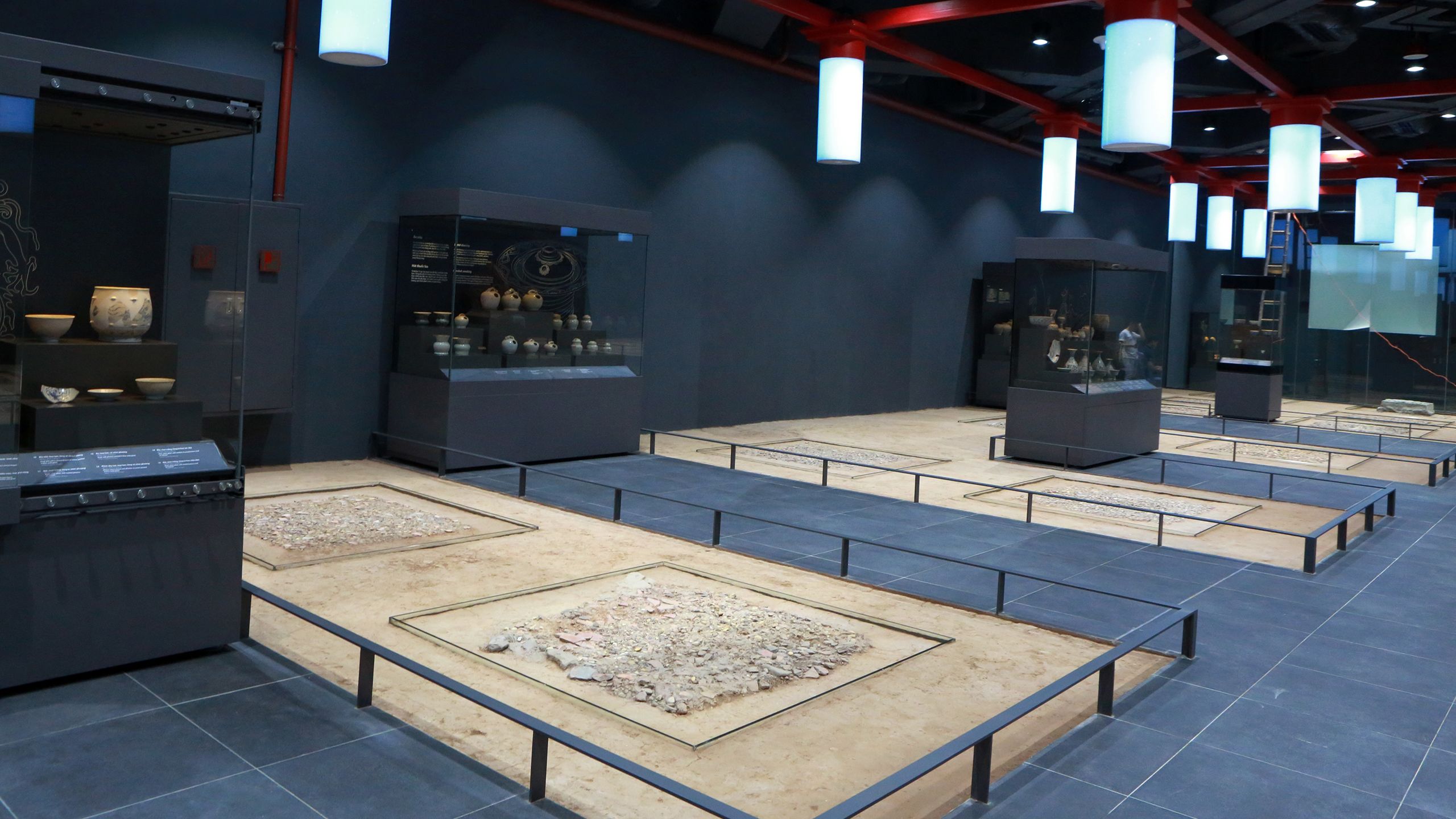
A corner of the exhibition space in the basement of the National Assembly House.
In 2021, despite the complicated developments of the Covid-19 pandemic, archaeological excavations at Thang Long Imperial Citadel were still carried out by experts at the permitted time, focusing on the northeast of the Kinh Thien Palace relic to search for the foundations of the works located in the ancient rear palace area.
From here, many important vestiges have been found: vestiges of the Ly Dynasty's gravel column foundation; vestiges of the Tran Dynasty's circular architecture, which are assumed to be miniature landscapes or spiritual vestiges of sacrificial rituals; vestiges of the foundation, column foundation, and yard foundation of the Early Le Dynasty, a beautiful stone well with a record depth of the Later Le Dynasty...
The excavation has continued to enrich the documents, helping researchers have a more comprehensive and comprehensive view of the structure of Kinh Thien Palace. Thang Long Imperial Citadel is a monumental heritage work in both historical length and cultural depth, so there are still many things that need to be further researched and deciphered.
From a “closed-off” relic site, Thang Long Imperial Citadel has now become an attractive destination for domestic and international tourists, hosting many major cultural events of the capital; revenue has increased by an average of nearly 30% each year.According to scientists, archaeological excavations must continue to prepare complete input data towards the goal of restoring Kinh Thien Palace - the most important palace of Thang Long Imperial Citadel.
On the occasion of its 10th anniversary (2011-2021), the Imperial Citadel Research Institute has published a 3D reconstruction of the Thang Long Imperial Palace of the Ly Dynasty with 64 structures, 38 palaces, corridors, 26 hexagonal towers, surrounding walls, paths and entrance gates. This is the result of 10 years of research by scientists based on the results of archaeological excavations, historical research and comparison.
For the first time, the public has access to vivid images showing the stature, scale, splendor of the architecture and construction techniques of the ancient palace, thereby making them even more proud and appreciative.
Innovation in Heritage Education
Thanks to the right direction and steps in heritage education, the Thang Long Imperial Citadel heritage site has become an attractive destination, loved by many children. Bringing heritage to the young generation is also the solution to preserve and promote heritage values in the most sustainable way for the future.
In recent times, the Thang Long-Hanoi Heritage Conservation Center has promoted cooperation and brought extracurricular educational programs such as "I am an archaeologist", "I learn about heritage"... to schools, attracting students to Thang Long Imperial Citadel to better understand the history of the formation of the Thang Long capital over thousands of years.
The content of each program is designed to suit each age group and each level of education, in the direction of learning while playing, combining experience and creativity. Accordingly, the content of historical topics is integrated through games, slideshows, video clips, etc., helping students proactively approach heritage in a new, more interesting and effective way.
The Imperial Citadel is also a place where cultural and historical events, thematic exhibitions on Lunar New Year, Mid-Autumn Festival, memorable historical milestones, traditional music performances, etc. regularly take place, attracting many audiences to come and learn about this special heritage. In particular, many exhibitions such as: Smurfs, Vietnamese Folk Games, Vietnamese Tet, Mid-Autumn Festival, Doan Ngo Festival, Thi Dinh Festival, etc. at Thang Long Imperial Citadel have brought children many interesting experiences, helping them find their ancient roots and appreciate the cultural and historical values left by their ancestors.
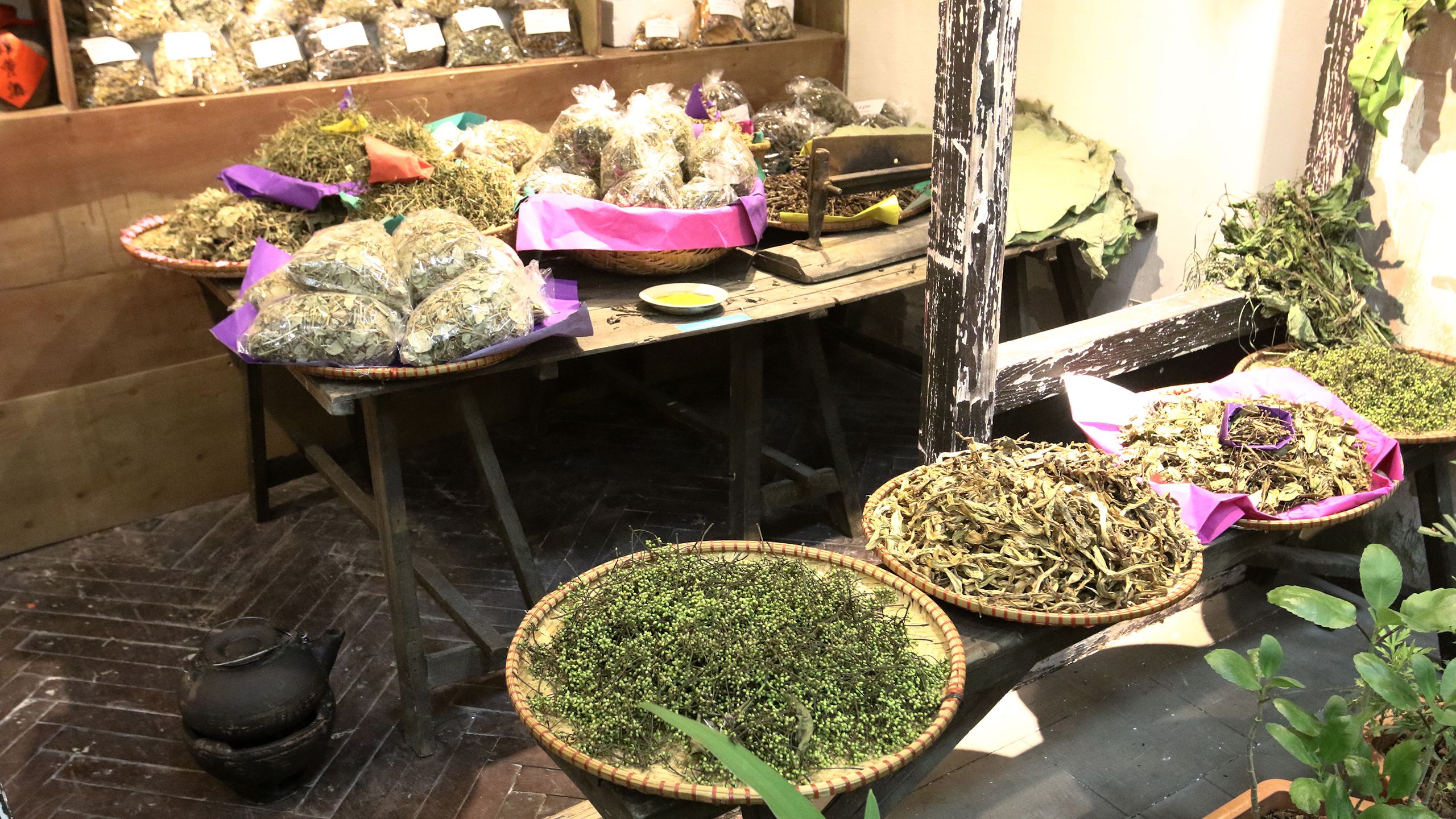
Disease prevention medicines are introduced at the 2019 Duanwu Festival reenactment activity.
By arranging separate interactive and experiential spaces for students, they have become more excited about their visits to historical sites, which they previously only went to for the sake of it and did not achieve the expected results.
With many efforts to reach the public, the recent exhibition and display activities associated with Thang Long Imperial Citadel have also brought many impressions when converted to a digital environment.
Notably, the online exhibition of the Duanwu Festival "Doan Duong Good Wind" held in mid-June 2021 recreated the unique customs of celebrating the Duanwu Festival in the royal court and folk experiences in disease prevention and control.
Recently, the online exhibition "General Vo Nguyen Giap - The Legendary General" commemorated the 110th anniversary of the General's birth with images and artifacts highlighting the General's mark at House D67, a revolutionary relic associated with the activities of the Politburo and the Central Military Commission during the resistance war against the US...
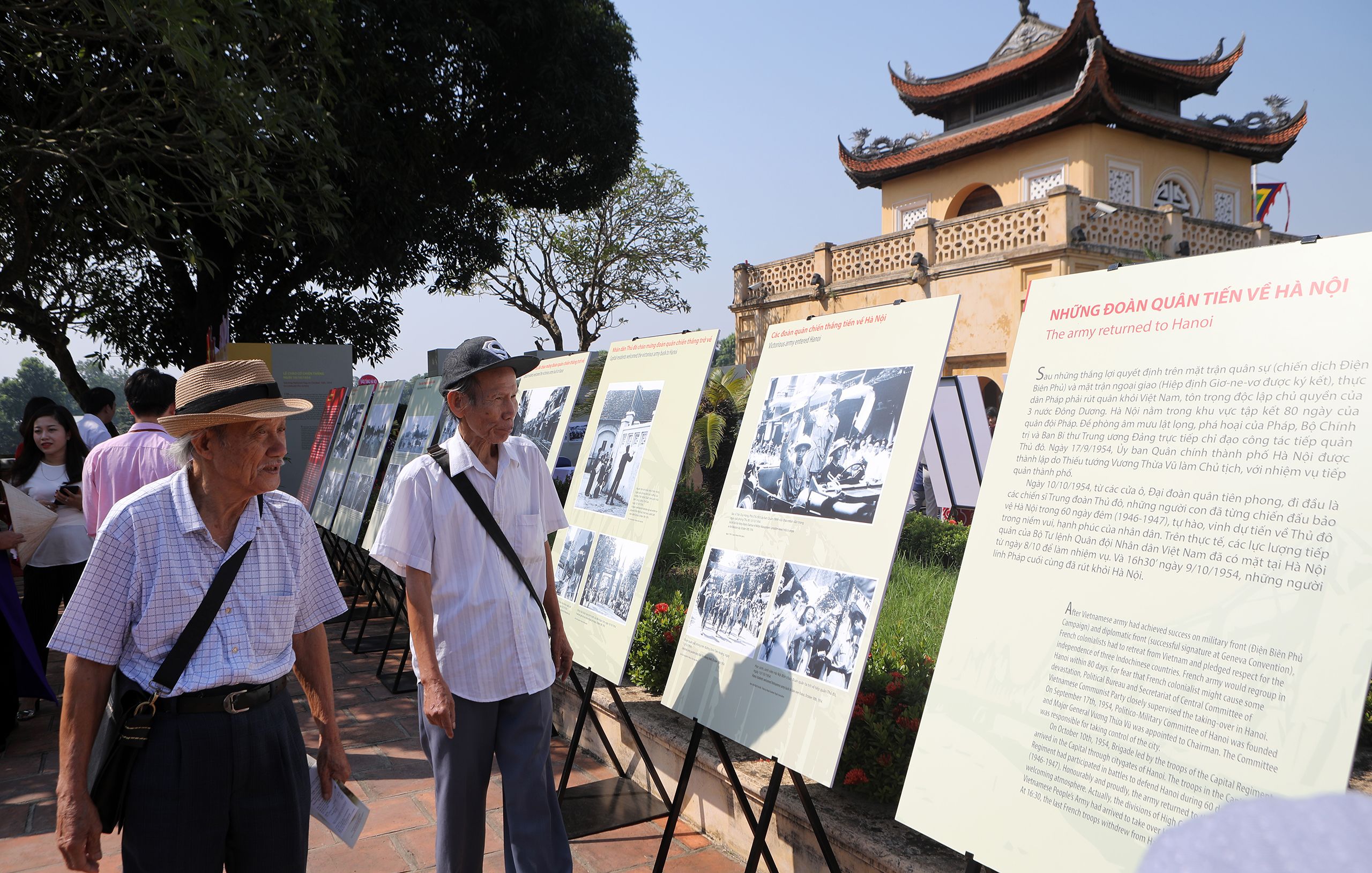
Historical witnesses visit the exhibition Hanoi - Moments of October 1954.
The Thang Long - Hanoi Heritage Conservation Center said that in the coming time, it will continue to upgrade discovery and interaction spaces for students; combine children's experiential activities with periodic displays and exhibitions at the heritage site; complete historical learning topics, linked to the classroom curriculum; and increase the organization of some collective activities such as flag salutes, singing the national anthem, and recruiting young people at the heritage site.
The center will also organize incense offering ceremonies, educate the younger generation on traditions, as well as innovate and supplement some historical topics such as: The first prize winner of Thang Long Citadel, Kinh Thien Palace in history...
In addition, the Center incorporates environmental education and plastic waste reduction into the Thang Long Imperial Citadel heritage education program... to diversify methods and further improve the effectiveness of heritage education.
Bringing Heritage Closer to the Public Through Tourism Activities
In order to promote the great historical, cultural and architectural values of Thang Long Imperial Citadel, in recent times, Hanoi city and Thang Long Heritage Conservation Center have implemented various solutions, including promoting tourism activities so that the public has more opportunities to access and learn about the significance of this special heritage.
With its geographical location in the center of Hanoi Capital, near many other famous relics such as Ho Chi Minh Mausoleum, Presidential Palace Relic Site, Ho Chi Minh Museum, Hanoi Old Quarter, Temple of Literature, Dong Ngac ancient village..., Thang Long Imperial Citadel has many favorable conditions to connect with other destinations, forming unique tours and routes.
From a “closed-off” relic site, Thang Long Imperial Citadel has now become an attractive destination for domestic and international tourists, hosting many major cultural events of the capital; revenue has increased by an average of nearly 30% each year.Since 2013, this special cultural heritage has begun to welcome visitors. From a “closed-off” relic site, Thang Long Imperial Citadel has now become an attractive destination for domestic and international tourists, hosting many major cultural events of the capital; revenue has increased by an average of nearly 30% each year.
In addition to investing in a system of guides and explanations at relic sites, renovating the landscape of the area, and constructing seasonal miniatures to attract tourists, the place also provides many services to enhance the visitor experience such as offering incense to commemorate the former emperors, taking photos of royal costumes, enjoying royal folk performing arts, etc. Thanks to that, the number of visitors to Thang Long Imperial Citadel has continuously increased over the years.
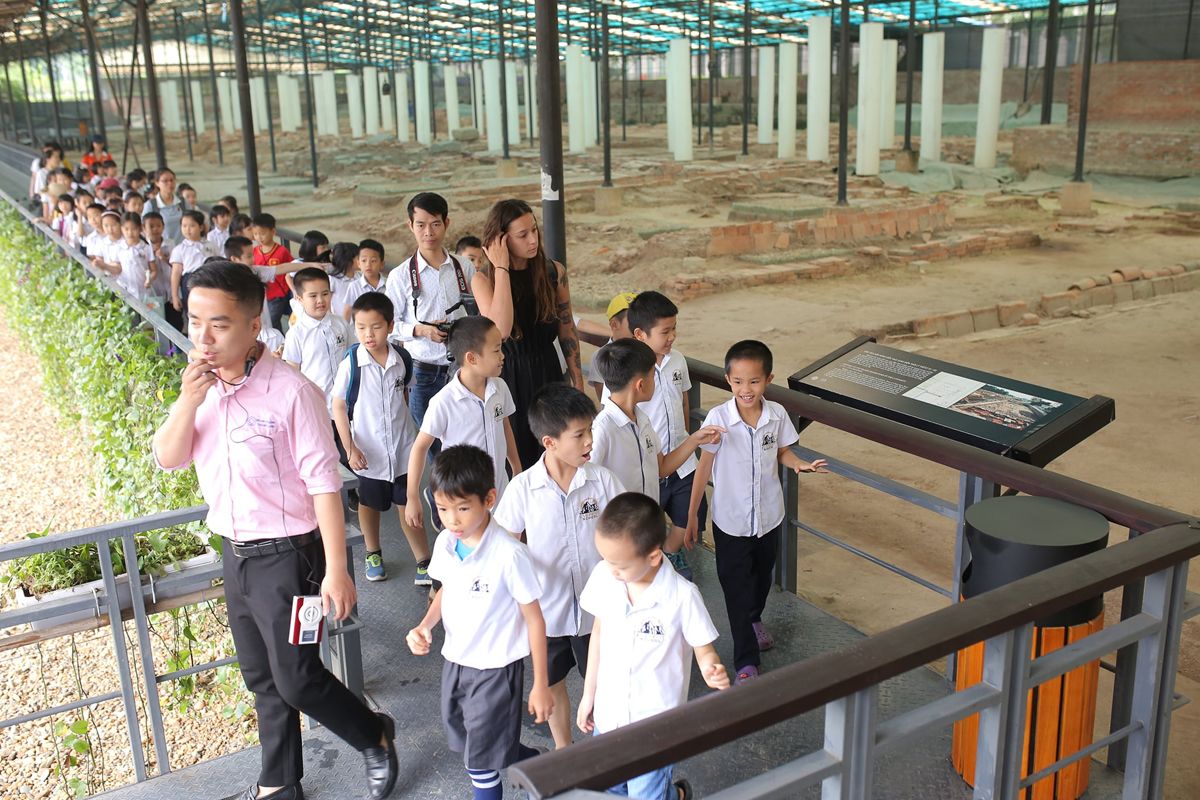
Primary school students and tourists visit the relics under the guidance of a tour guide.
If in 2013 there were only about 120 thousand visitors, by 2019, the number of visitors to Thang Long Imperial Citadel reached more than 517 thousand, collecting fees of more than 10.5 billion VND.
The Thang Long Heritage Conservation Center, Hanoi has closely connected with the Hanoi Department of Tourism, the Hanoi Center for Investment, Trade and Tourism Promotion, the Hanoi Tourism Association, and the UNESCO Travel Club to widely promote the image of the Thang Long Imperial Citadel heritage in tourism promotion programs in Hanoi and other provinces and cities; participate in the Tourism Stimulus Festival, Hanoi Promotion Month... to promote the image and tourism programs of the Thang Long Imperial Citadel.
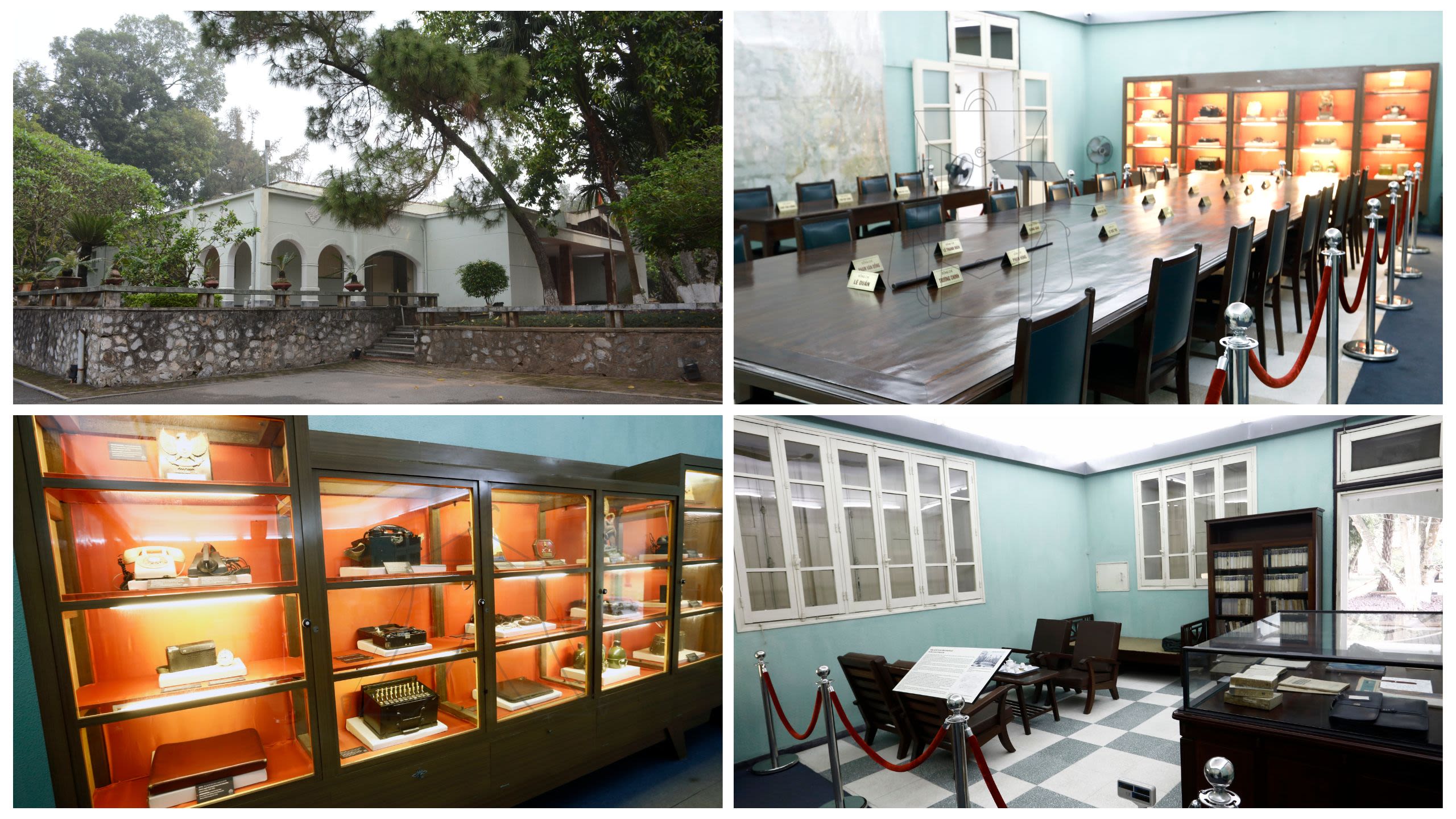
Panorama and inside of the revolutionary relic House D67 today.
Since the end of 2020, the Thang Long Heritage Conservation Center in Hanoi has coordinated with Hanoitourist Travel Company to build a night tour "Decoding Thang Long Imperial Citadel". Along with that is the "Touching the Past" tour, taking visitors to visit the heritage site with a basic itinerary, focusing on the most prominent attractions such as Doan Mon, admiring precious relics discovered from underground, exploring House D67, offering incense to commemorate the former emperors, experiencing the water of the Royal Palace well..., receiving many positive reviews from visitors.
With the desire to upgrade utility values and refresh visitors' experiences at Thang Long Imperial Citadel, recently, the application of modern technologies to build sightseeing and tourism products has been highly valued by the Thang Long Heritage Conservation Center, Hanoi.
Typical examples include the construction of an automatic explanation system on smartphones, interactive screens explaining history, and the construction of a 3D database of relics and artifacts...
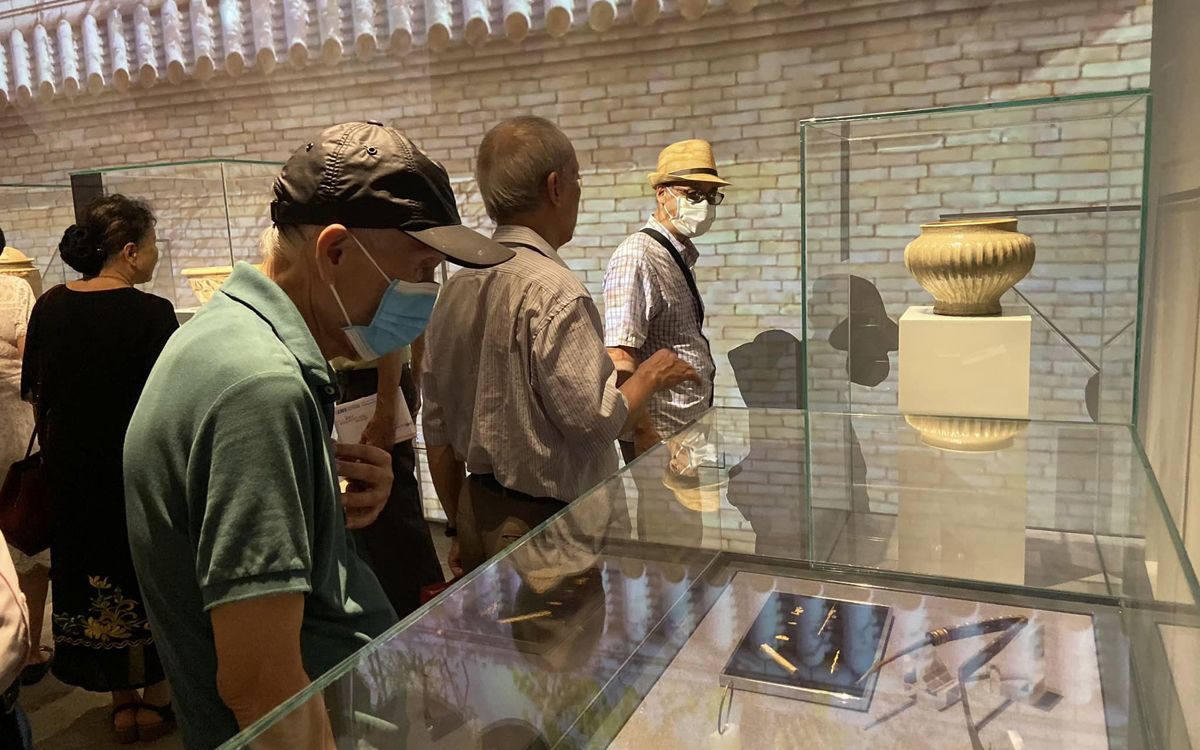
Visitors view the royal treasures on display.
In particular, in the context of the complicated developments of the Covid-19 pandemic, the use of digital technology to promote the value of relics has been increasingly researched and promoted by the Thang Long-Hanoi Heritage Conservation Center. One of the highlights is the construction of a 360-degree virtual tour of the D67 House and Tunnel relic located in the Thang Long Imperial Citadel relic site, helping the public to learn about the realistic and vivid architectural space and information about typical artifacts of the General Headquarters of the Vietnam People's Army in the years 1968-1975.
Along with that is a virtual tour of the Exhibition House "Thousand years of history from underground" with five main rooms and hundreds of artifacts, documents, and typical images excavated at the archaeological site at 18 Hoang Dieu from the Dai La period to the Dinh-Ly-Tran-Le-Mac-Le Trung Hung-Nguyen period; a virtual tour of the General Staff's Combat Command Bunker...
Thang Long Imperial Citadel possesses archaeological relics and relics underground, as well as heritages above ground. This is an attractive topic for scientists and is still being researched.
The Thang Long-Hanoi Heritage Conservation Center has developed a Project to preserve, restore and promote the cultural and historical values of the Central Relic Site of the Imperial Citadel of Thang Long-Hanoi, with the goal of turning the Imperial Citadel of Thang Long into a heritage park in the heart of the capital.Based on the detailed planning project for the conservation, restoration and promotion of the value of the Central Relic Site of the Imperial Citadel of Thang Long - Hanoi (scale 1/500) approved by the Prime Minister on August 21, 2015; the Thang Long - Hanoi Heritage Conservation Center has developed the Project for the conservation, restoration and promotion of the cultural and historical values of the Central Relic Site of the Imperial Citadel of Thang Long - Hanoi, including many component projects, to achieve the goal of turning the Imperial Citadel of Thang Long into a heritage park in the heart of the capital.
To do this requires great efforts and determination from functional departments, management agencies, scientists and people based on consulting experiences in managing and preserving heritage from around the world.
Source: https://special.nhandan.vn/phathuygiatridisan/index.html

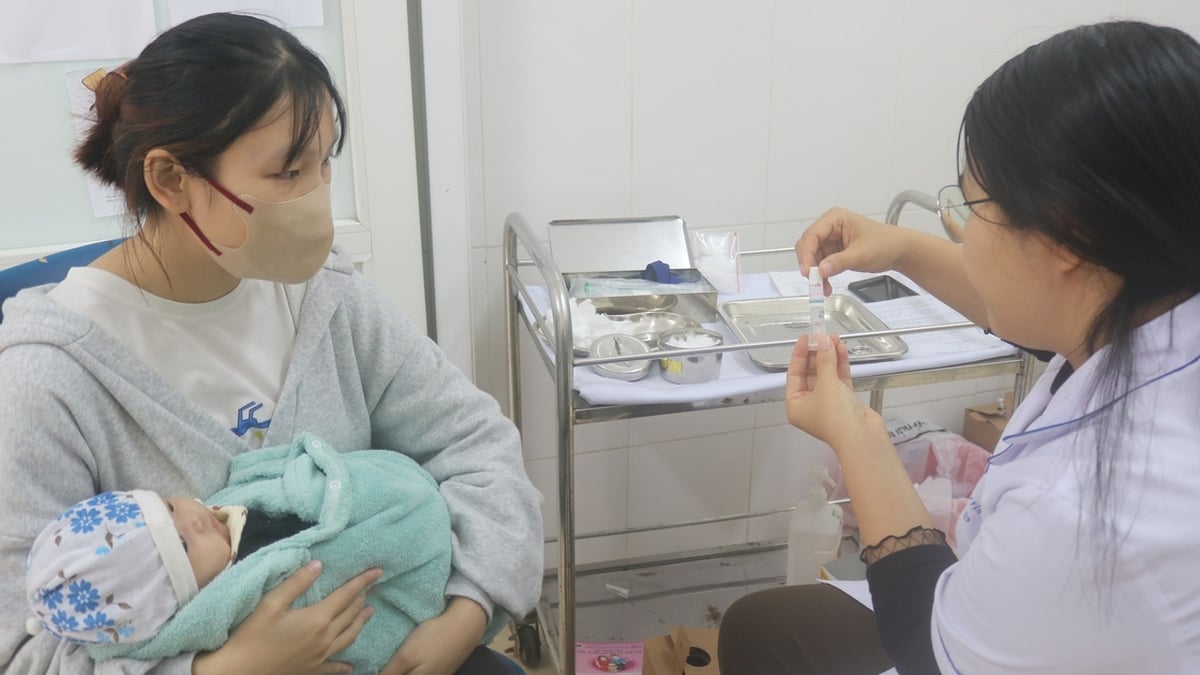
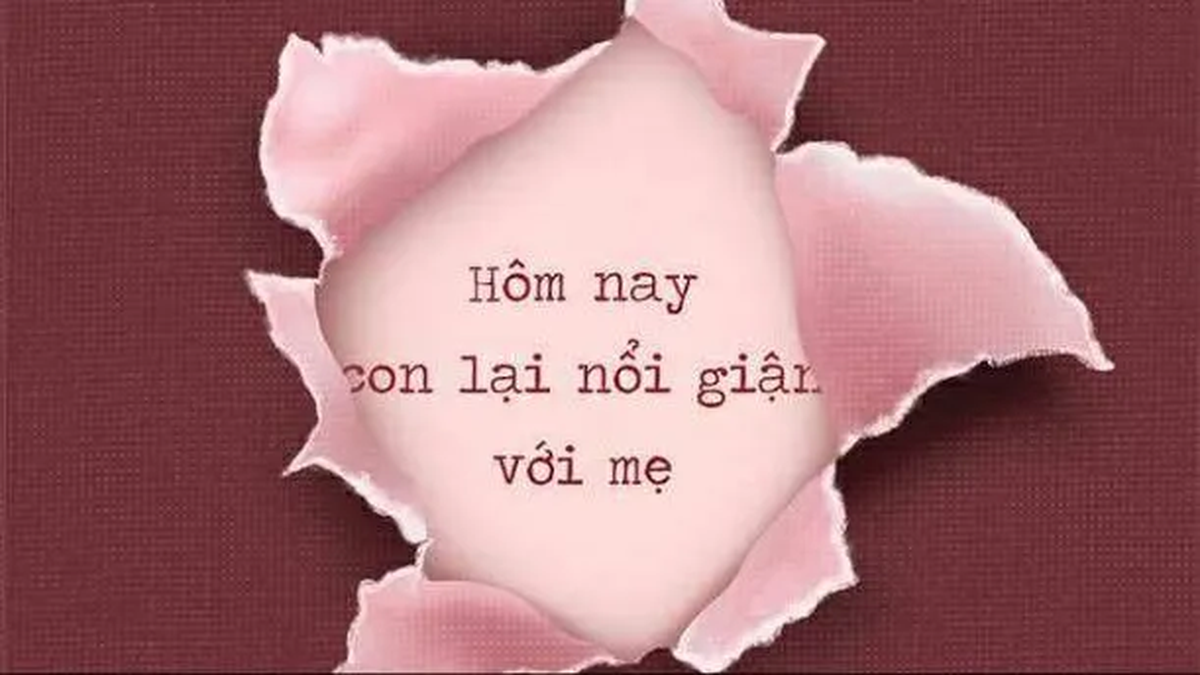
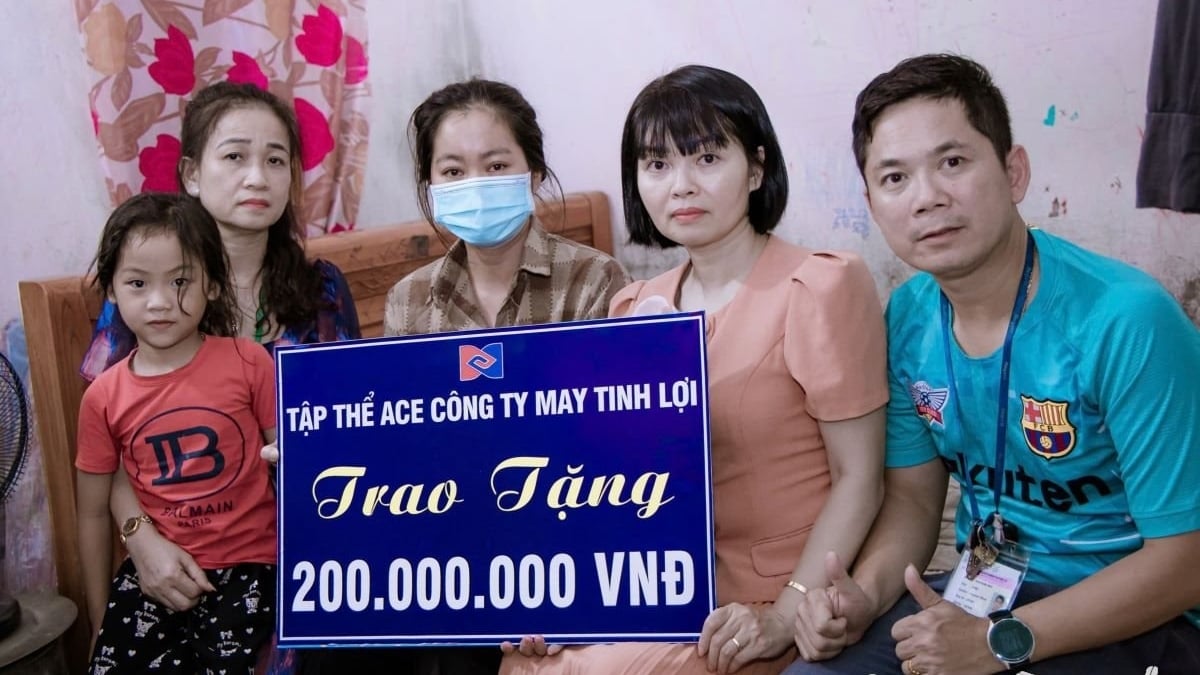

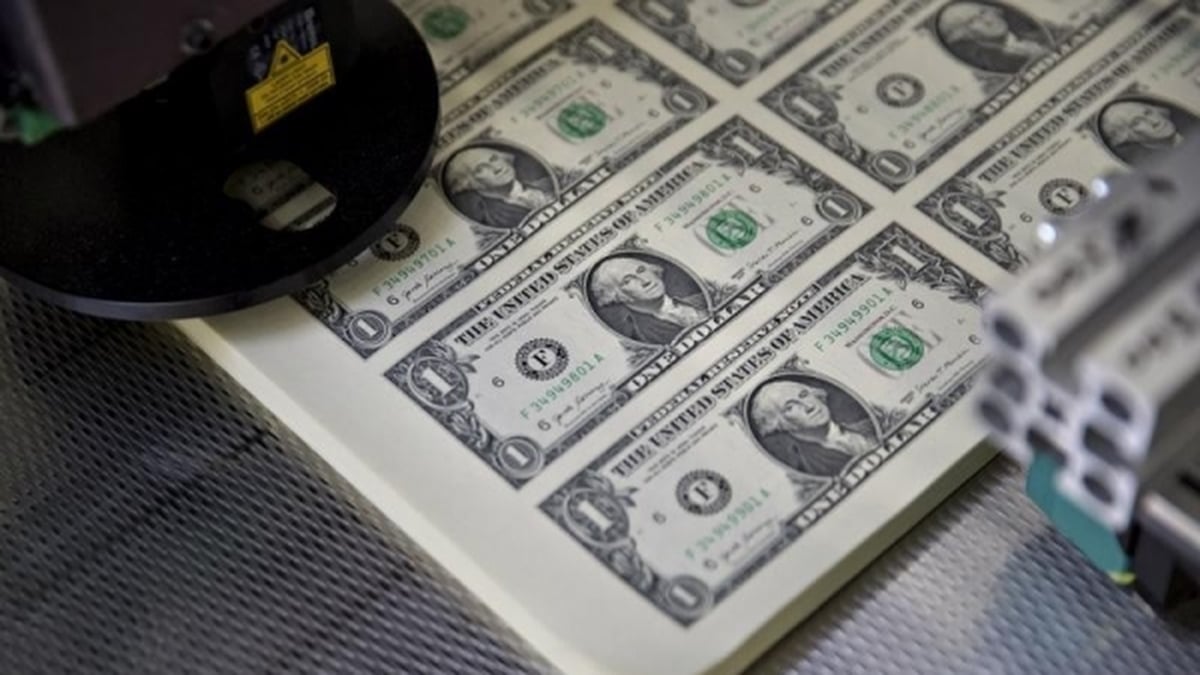
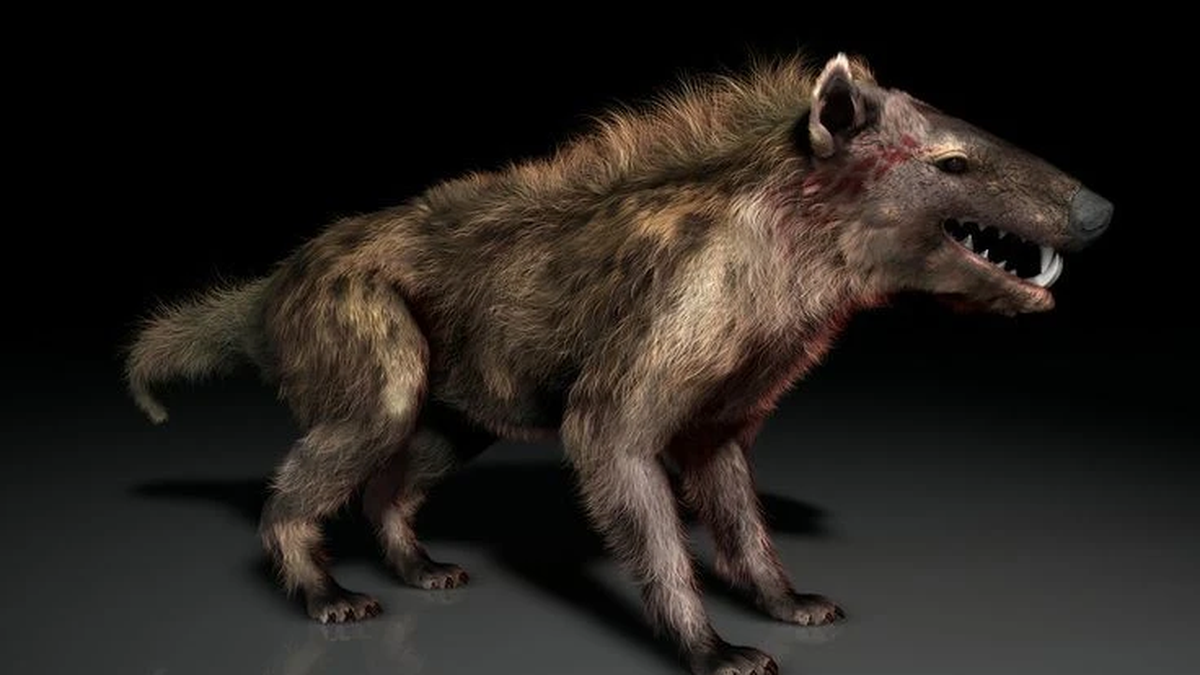
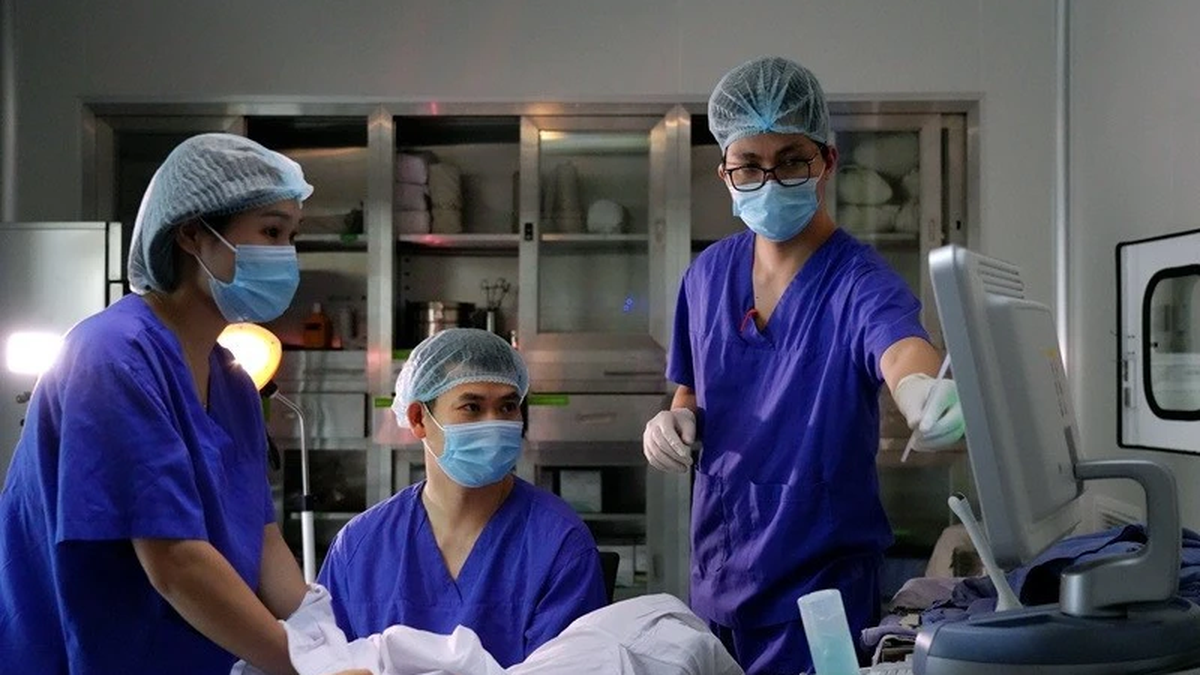

































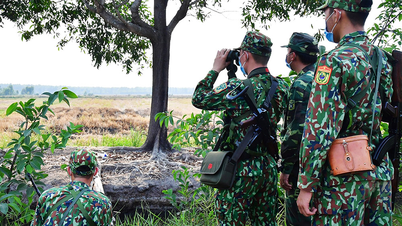












![[Maritime News] Container shipping faces overcapacity that will last until 2028](https://vphoto.vietnam.vn/thumb/402x226/vietnam/resource/IMAGE/2025/7/30/6d35cbc6b0f643fd97f8aa2e9bc87aea)











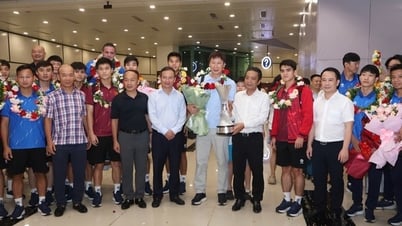



























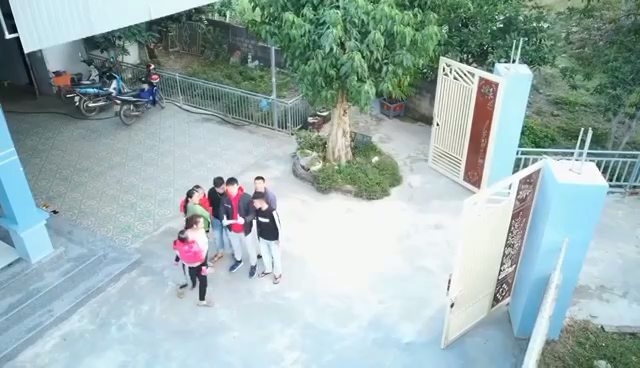
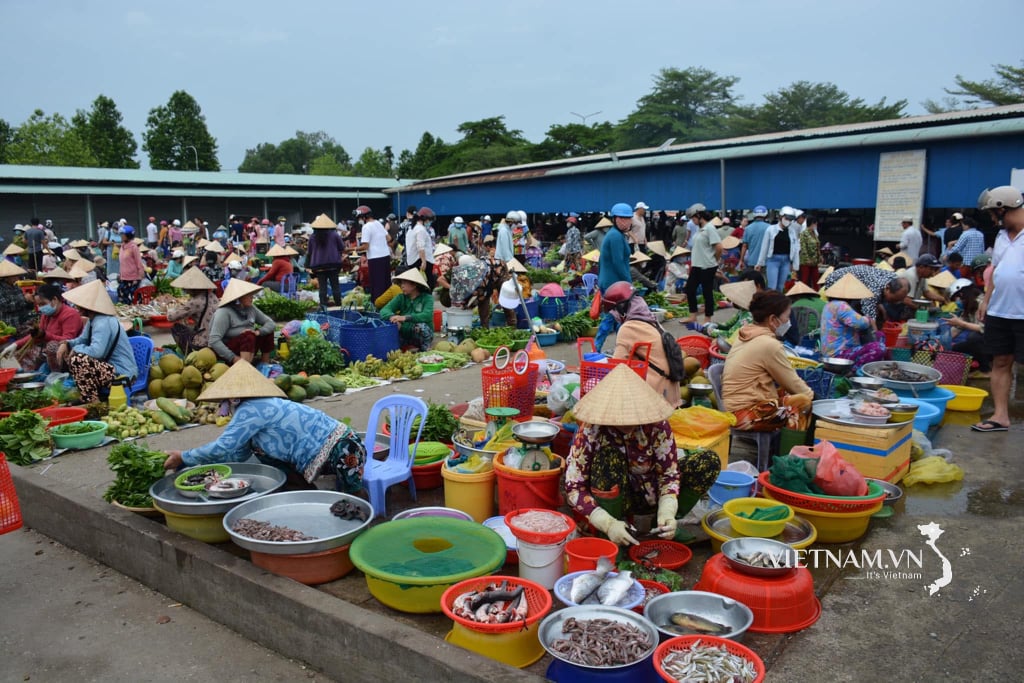

Comment (0)